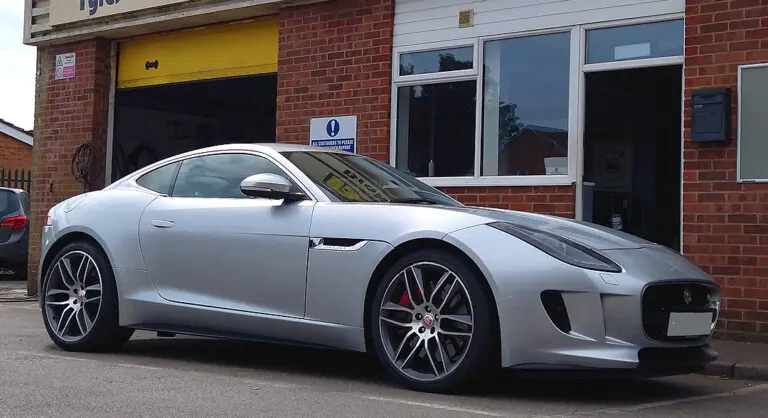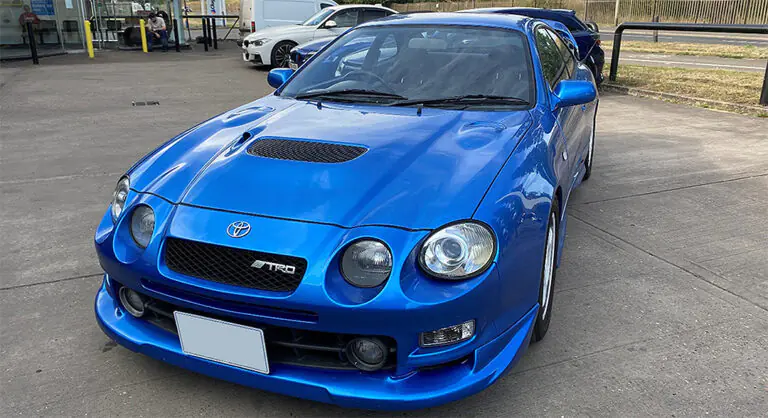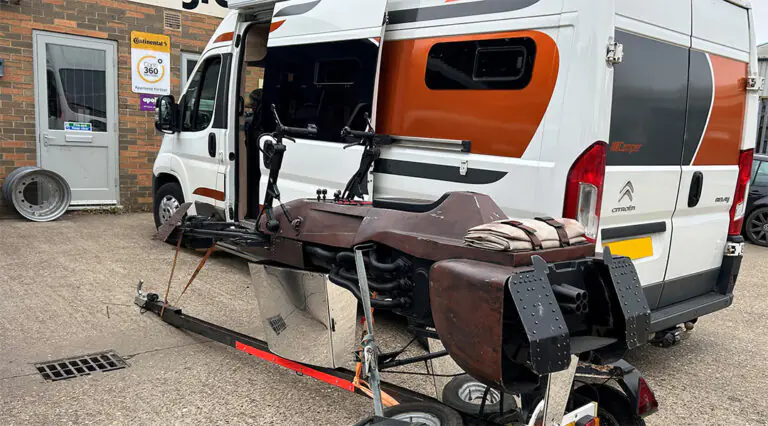Roll-out of the NEW EU Tyre Labelling Regulation
Article written by Bush Tyres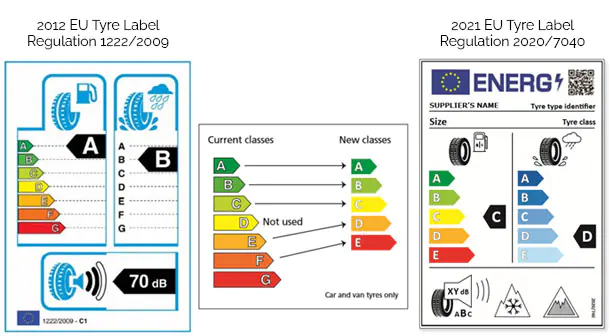
As of 1st May 2021, motorists will benefit from the introduction of a new design tyre label and system to help them understand how well tyres perform, especially for fuel efficiency and grip in the wet.
The Tyre Labelling Regulation has been in place since 2012, providing consumers across Europe with essential information on fuel efficiency, safety, and noise by detailing the tyres’ rolling resistance, wet grip, and external rolling noise. Consumers can make more informed choices thanks to the labelling system providing them with transparent, objective information about the quality of the tyres they buy, taking into consideration their type of driving, the climate and road conditions they are likely to encounter.
As of 1st May 2021, the EU Tyre Regulation has changed, covering bus and truck tyres (C3) in addition to car (C1) and van (C2) tyres. A new label design has been introduced, bringing a clearer scale for displaying fuel-efficiency, wet grip and noise emission, as well as new icons for tyres suitable for snow and icy roads.
All information shown on the existing EU Tyre Label will be carried across onto the new format. The rolling resistance and wet grip categories have been simplified to a scale of A-E; tyres that would previously be placed in Class E will now be in the new Class D, and tyres from the old Class F will move the new Class E, while noise performance is now indicated by the number of decibels and the letters A, B or C, instead of the existing sound waves.
Tyre Labels – Old Vs New:

Finally, a QR code will now be included in the top right-hand corner of the label. These are unique for each tyre model and will be linked to a product sheet on the European Product Registry for Energy Labelling (EPREL), allowing consumers to easily access additional product details by just scanning the code.
A closer look at the new tyre label:
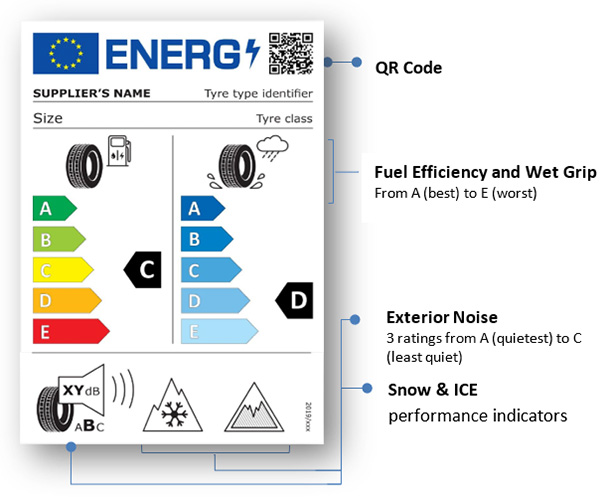
There will of course be an interim period before the old tyre label and labelling system completely disappears. All tyres already in garages and stockrooms will have the old-style label attached to them and until these have been sold and replaced customers may will see the old tyre labels.
Bridgestone Tyres share what this means for their tyres:
New label design: All Bridgestone products, PSR, CVR and TBR will be delivered with a sticker containing product brand information and additional details on available technologies such as RFID for TBR tyres and Noise Absorber for PSR tyres.
Label for products in stock: Current tyres in stock featuring the former label, remain compliant. A transition period from current to new label will exist in the market where presence of both formats is expected, therefore; relabelling of tyres is not necessary.
Ultimately the tyre labelling system is in place to communicate essential information on fuel efficiency, safety, and noise helping you to make an informed decision taking into consideration type of driving, the climate and road conditions you are likely to encounter.
When choosing a tyre, we should all consider more than just the cost and make sure to chose a tyre that perform best for us, cutting fuel costs and most importantly improve safety when on the road.



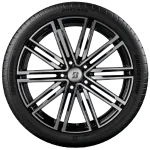 Tyres
Tyres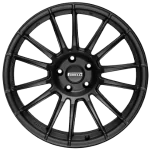 Services
Services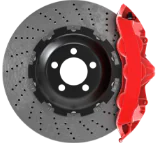 Fast Fit
Fast Fit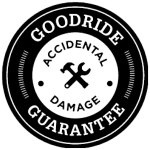 Offers
Offers